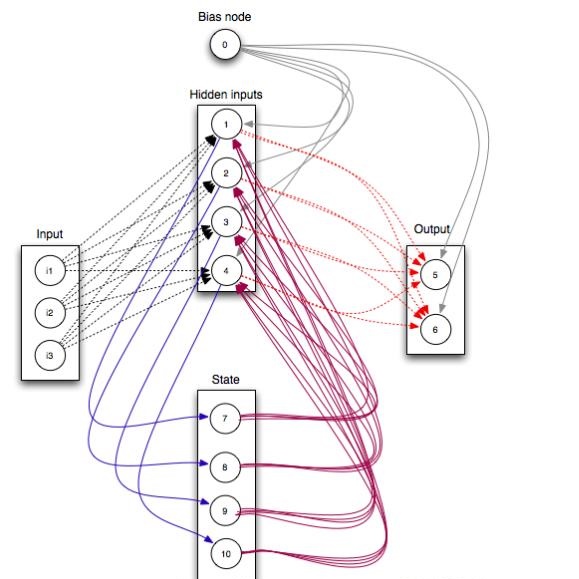Most works in IRS-assisted systems have ignored the impact of the inevitable residual hardware impairments (HWIs) at both the transceiver hardware and the IRS while any relevant works have addressed only simple scenarios, e.g., with single-antenna network nodes and/or without taking the randomness of phase noise at the IRS into account. In this work, we aim at filling up this gap by considering a general IRS-assisted multi-user (MU) multiple-input single-output (MISO) system with imperfect CSI and correlated Rayleigh fading. In parallel, we present a general computationally efficient methodology for IRS reflect beamforming (RB) optimization. Specifically, we introduce an advantageous channel estimation (CE) method for such systems accounting for the HWIs. Moreover, we derive the uplink achievable spectral efficiency (SE) with maximal-ratio combining (MRC) receiver, displaying three significant advantages being: 1) its closed-form expression, 2) its dependence only on large-scale statistics, and 3) its low training overhead. Notably, by exploiting the first two benefits, we achieve to perform optimization with respect to the reflect beamforming matrix (RBM) that can take place only at every several coherence intervals, and thus, reduces significantly the computational cost compared to other methods which require frequent phase optimization. Among the insightful observations, we highlight that uncorrelated Rayleigh fading does not allow optimization of the SE, which makes the application of an IRS ineffective. Also, in the case that the phase drifts, describing the distortion of the phases in the RBM, are uniformly distributed, the presence of an IRS provides no advantage. The analytical results outperform previous works and are verified by Monte-Carlo (MC) simulations.
翻译:在IRS协助的系统中,大多数工程忽视了收发器硬件和IRS中不可避免的剩余硬件损伤(HWIs)的影响,而任何相关工程只针对简单的情景,例如单安纳网络节点和(或)不考虑IRS中阶段噪音随机性等。在这项工作中,我们的目标是填补这一缺口,办法是考虑一个IRS协助的多用户(MU)通用的多输入单元输出(MIOS)系统,该系统不完善的 CSI和雷利的退缩。与此同时,我们为IRS提出了一个总体的计算高效方法,该方法反映的是模拟(RB)的优化。具体地说,我们为这类系统会计HWIS引入了一种有利的频道估计(CE)方法。此外,我们用最优化(MRC)接收器来计算可实现的光谱效率(SE),显示三大优势是:1)其封闭式表达方式,2它仅依赖大规模流现统计数据,3 其低培训管理。 值得注意的是,我们利用前两个运行的IMLI(S) 分析性观测过程的正常化(RE) 也进行比平流化阶段,我们进行更精确的流程的流程要求每个版本都大大地反映成本化方法。




